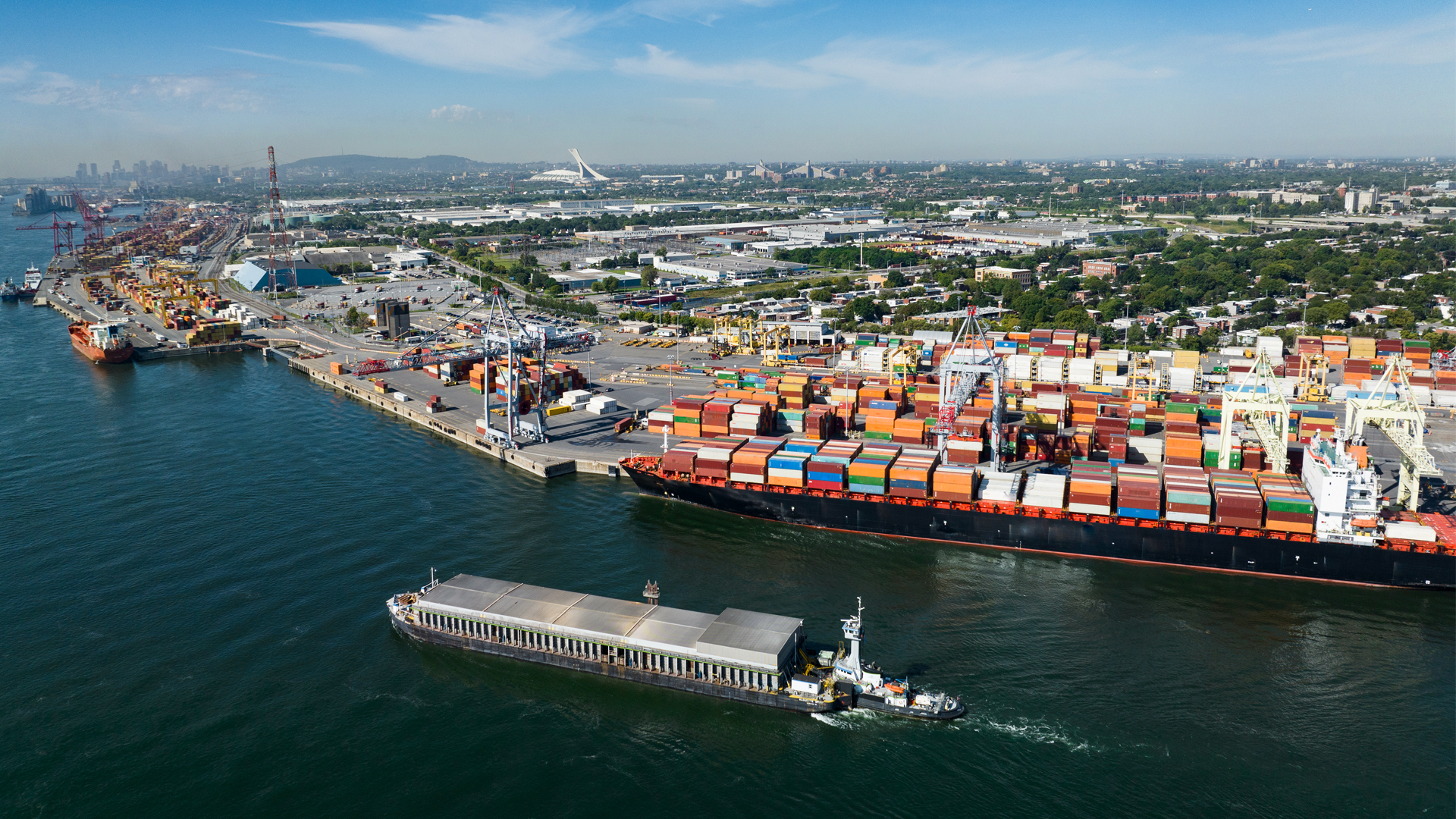
In a recent speech at a conference on liberal Internationalism in Toronto, Canada’s Minister for International Development Karina Gould discussed the usual topics, including the importance of her new portfolio, and described how people in the developing world value Canada’s contributions to improving their lives. But Gould’s speech also alluded to a more dangerous assumption: that the world of foreign development assistance is much more closely connected with a country’s foreign policy agenda currently than it was in the past. Yet is this the best approach to development assistance – a subject that requires a great deal of sensitivity? And what are the risks of this approach?
Well before the legacy of former prime minister Pierre Trudeau, which was the subject of the Toronto conference, the origins of international development assistance were clearly rooted in the agenda of Western allies post-Second World War. Many have argued that rebuilding war-torn Europe was not altruism on the part of the United States. Rather, it was a clear attempt at stymieing the threat of Communism and improving resource exchange between Europe and the United States.
Similarly, the Bretton Woods institutions – the IMF and the World Bank – were not established to do good for the world but aimed at ensuring the world stayed (monetarily, at least) on the correct course to protect powerful forces.
These origins demonstrate that development aid – including humanitarian aid – has never been altruistic. It has always been a tool to further the national self-interests of donor countries. Why else would the choices of only one nation control the decisions of several others ─ here the United States ─ to jeopardize financial aid assistance to Palestine? Why would American aid providers, such as USAID, scramble to rebuild war-torn Afghanistan after the US had decimated it in the first place?
If donor countries and their agencies sincerely act from altruism, why do they talk about upholding human rights, yet continue (as Canada has done) to provide aid to human-rights abusers such as Myanmar, which has recently been accused of the genocide of the Rohingya? Why would the European Union spend billions to ensure that member countries’ borders are not infiltrated by refugees, while simultaneously upholding the virtue of open borders? Why would the World Bank fund an education project in Tanzania, a country that excludes pregnant girls from attending government schools, while upholding the recipient government’s decision to continue do just that?
The answers to many of these and similar questions clearly lie in a country’s foreign policy approach. In the case of Afghanistan, the answer is simple: to exercise nonmilitary control over a country that poses a security threat to the donor. Regarding Myanmar, the objective is political alignment with a “new and emerging” democracy, regardless of its shady past. As for the World Bank – well, the less said the better. This is a multilateral funding agency that was supposedly established to eradicate inequality but instead fuels further inequality in the name of partnership.
In each case, development assistance decisions have their origins in foreign policy choices made by the donor country in its self-interest – the key pillar of foreign policy. The most controversial and most-cited example is what followed the 9/11 attacks on the United States. Development funding to Pakistan, which was a key player in former US president George W. Bush’s war on terror, almost tripled in the wake of the attacks – based on an assumption that “deploying development” would help to counter terrorism. Funding for education reforms in Pakistan was clearly intended to demonstrate the path away from extremism.
No surprise here: USAID, the US’s international development assistance agency, clearly states its mission is “in support of America’s foreign policy” and is based on the Marshall Plan. This justifies channelling funds for economic and social improvements in conjunction with military engagements, which has been a highly contentious foreign policy choice.
Other countries have followed this dangerous precedent, at least administratively, by merging development assistance into their foreign affairs and trade portfolios. In Australia and Norway the former AusAid and NORAD were merged into their respective departments of foreign affairs and trade. In Canada, the former Canadian International Development Agency was merged into the Department for Foreign Affairs, Trade and Development, now Global Affairs Canada.
The danger is that such mergers ignore the fundamentally opposing purposes of the two subjects. A state’s foreign policy is about one state influencing other governments to shape international affairs to suit that state. In contrast, development assistance is about supporting the self-sufficiency of other states for humanitarian purposes. Conflating one within the other leads to one of the biggest dilemmas that developing countries face in accepting development aid.
This helps to explain why most of the world’s largest aid institutions have, by and large, failed to make the world a better place. When development assistance is part of foreign policy, the donor expects something other than an altruistic return such as world peace. Instead, it wants a measurable return on its investment, for example, enhanced trade relations, greater political leverage in a region, or even covert influence over key decision-making processes such as elections. It also means that when a donor’s foreign policy interests fade, development assistance to the relevant country may also suffer.
This is why the two create a dangerous mix. Responses to all of today’s burning issues – climate change, migration, peace and security – are not spurred by a desire for everyone to win. Instead, the requirement is merely that the most powerful prosper.
This problem is not limited to Western donors. China’s foreign policy mixes soft development assistance for social sectors with investment in infrastructure in its aid to many developing nations in Africa, South Asia and Southeast Asia. This is all done in a bid to exercise its control over states where it runs its signature foreign policy program, the massive, multicountry Belt and Road Initiative. Likewise, countries like Turkey are using social sector development assistance in an aggressive foreign policy move to gain greater prominence in the Middle East and Africa regions.
Development assistance, then, is not so much based on a belief that those suffering from war, poverty and intolerance deserve decent human lives, but instead aims to prevent such suffering from spilling over into our lives. As a result, development aid does not necessarily go to those who need it the most, but rather to those who pose some existential threat to the global world order. Ensuring that the world, both advantaged and disadvantaged, prospers is why foreign policy and development assistance agendas must be mutually exclusive. Helping those in need cannot be weighed against political interests. Otherwise, inequality will remain in perpetuity.
And that is clearly something for everyone to fear.
Photo: Cúcuta, Colombia, February 21, 2019: USAID boxes containing high energy biscuits donated to Venezuela. Boxes are stamped with message reading: “THIS PRODUCT IS A GIFT FROM THE AMERICAN PEOPLE.” Shutterstock, by Right Coast Images.
Do you have something to say about the article you just read? Be part of the Policy Options discussion, and send in your own submission. Here is a link on how to do it. | Souhaitez-vous réagir à cet article ? Joignez-vous aux débats d’Options politiques et soumettez-nous votre texte en suivant ces directives.








